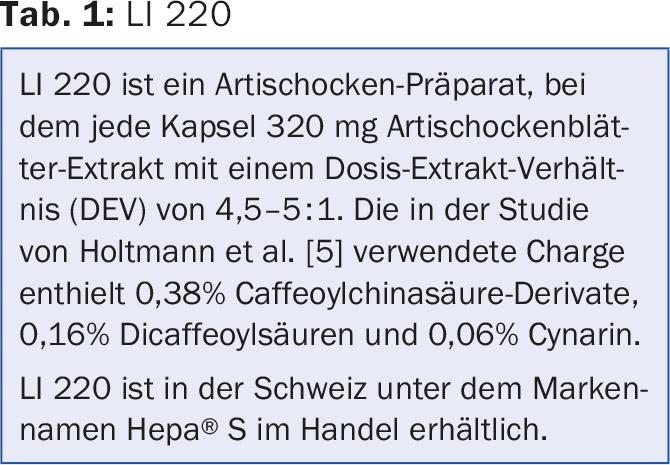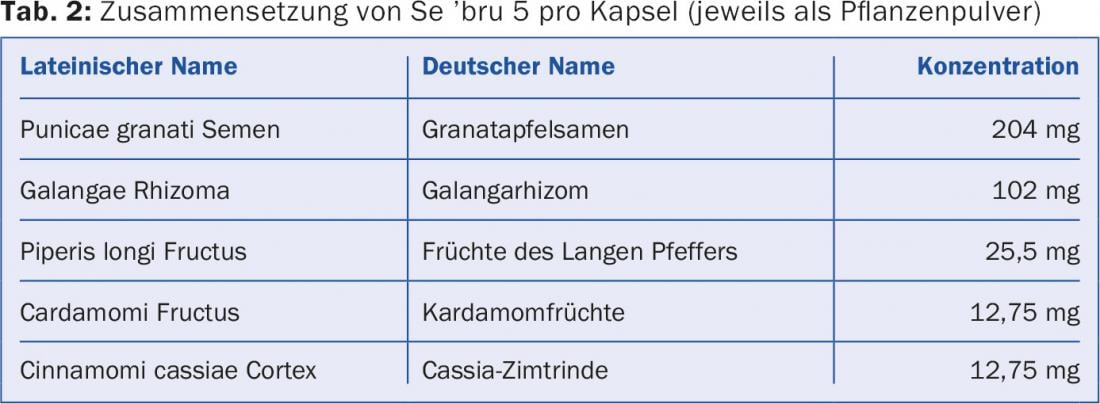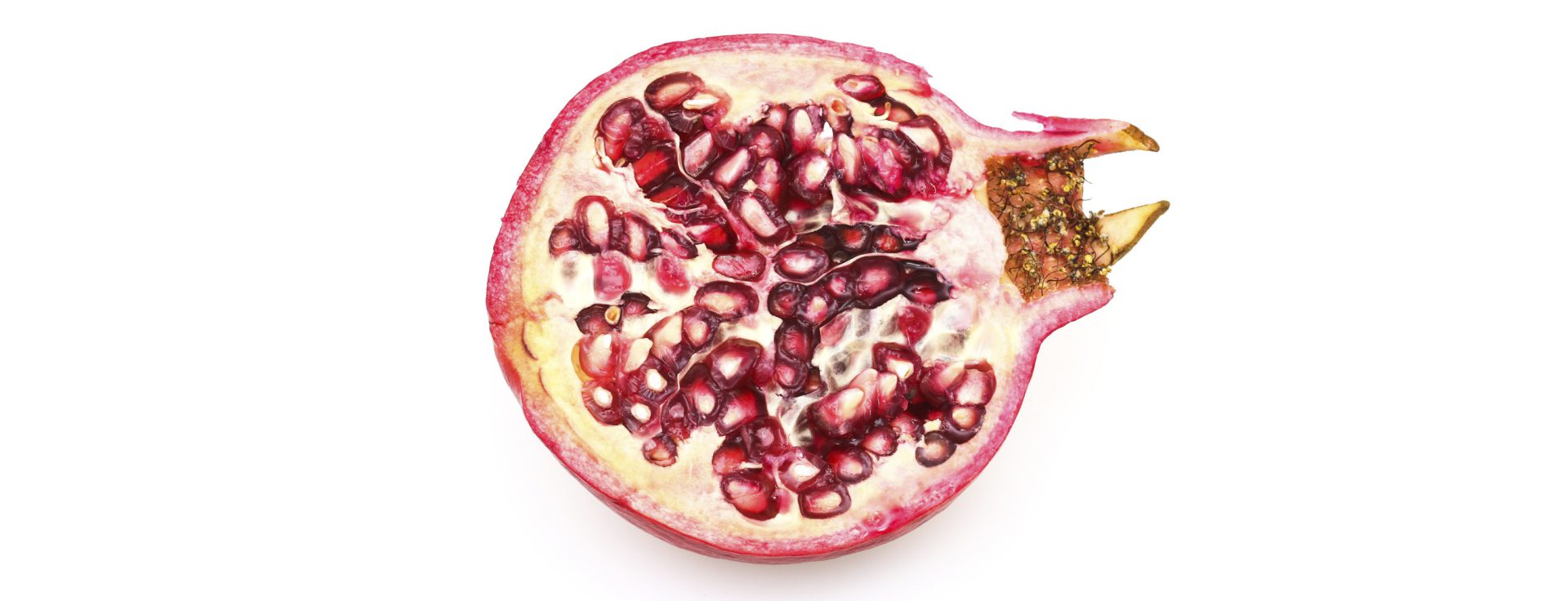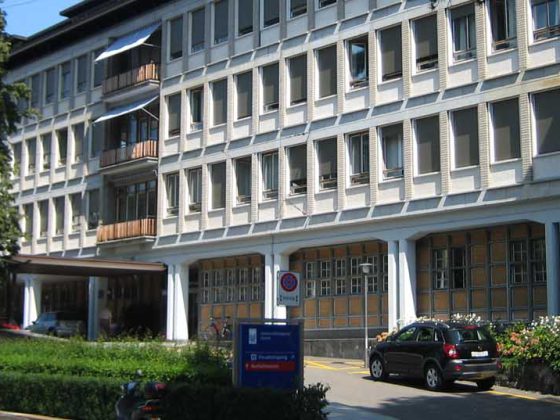The following article presents two completely different herbal preparations, both of which have documented efficacy in functional dyspepsia. One comes from Western phytotherapy and corresponds to the way of thinking of our medicine. The other, a preparation made in Switzerland, combines the Tibetan tradition with the Swiss quality regulations for drug manufacturing.
In a doctor’s office, one is often confronted with complaints of the gastrointestinal tract. In many cases, phytotherapy can provide relief or cure. Two quite different examples will be presented here of how herbal preparations can be successfully used in functional dyspepsia of different genesis. On the one hand, it is an artichoke preparation that treats functional digestive complaints according to the tradition of Western phytotherapy. On the other hand, a herbal multi-substance mixture is presented, which originates from the tradition of Tibetan medicine and is produced in Switzerland and distributed here.
Western Phytotherapy – Tibetan Medicine
Western phytotherapy and Tibetan medicine are two different therapeutic methods, both of which draw from nature and use medicinal plants with different aspects in mind.
Western phytotherapy
In Western phytotherapy, the focus is on the complaint, the indication, as well as medicinal plants whose extracts, each with a variety of ingredients, can treat, alleviate or cure that complaint. Often only a single medicinal plant is used. Depending on the situation, a combination of different medicinal plants may also be used.
Medicinal plants can be used as tinctures or mother tinctures. In order for herbal medicines to be recognized by traditional medicine and reimbursed by health insurance companies, many manufacturers of herbal medicines today have switched to preparing the herbal medicines as standardized extracts. Such standardized extracts ensure that each dose contains the same precisely defined amount of active ingredients.
In Western phytotherapy, too, there are approaches of holistic consideration that go beyond indication-active ingredient thinking. In this process, similar to classical homeopathy, an entire complaint pattern is compared with the effectiveness of medicinal plants. However, such approaches are rather rare.
Tibetan medicine
Tibetan medicine was developed by healers about 1200 years ago. The basis are the 5 elements earth, water, fire, air and space. These are present in the human body through the 3 dynamic states of rLung (wind), Tripa (bile) and Beken (phlegm). They represent the moving, the warming and the cooling principle. If a person becomes ill, there is an imbalance of these 3 principles in him. With a change in the habits and diet of the affected person, the balance of the 3 principles can be restored. If this change is not sufficient, supportive medicines must be prescribed. These are, in contrast to Western phytotherapy, always multi-substance mixtures and consist of dried and ground medicinal plants.
LI 220: The standardized active ingredient extract LI 220 is an artichoke preparation (Tab. 1) . The indications registered in Switzerland are: Nonspecific digestive disorders such as bloating, belching, flatulence, especially as a result of disorders of fat digestion. The dosage is 1-2 capsules three times a day.
Pharmacological studies with artichoke extracts showed an increase in choleresis and inhibition of cholesterol biosynthesis [1–4].

The efficacy of LI 220 was evaluated by Holtmann et al. [5] and by Meier et al. [6] demonstrated in clinical trials. In the study by Holtmann et al. patients with dyspeptic symptoms received 2 capsules of LI 220 or placebo three times daily for 6 weeks. The sum score of dyspeptic complaints decreased significantly more in the verum group compared to placebo (p=0.007). In a subgroup evaluation with patients who had concomitant IBS, an even greater decrease was observed on the sum score, which was highly significant (p<0.001).
In the open, prospective study by Meier et al. subjects suffering from recurrent functional dyspepsia for at least 3 months received the same daily dose as in the study by Holtmann et al. In 74% of patients, the frequency and severity of individual symptoms improved, especially for bloating, flatulence, nausea, rapid feeling of fullness, and abdominal pain.
Se ‘bru 5: Se ‘bru 5 is a Tibetan medicine consisting of various ground medicinal plants (Tab. 2).

The Swiss Medicines Compendium lists the following indications: “According to Tibetan belief, the formula strengthens digestion. Padma Digestin is traditionally used in cases of a tendency to digestive weakness and in digestive disorders, which may be manifested by a feeling of pressure or fullness in the stomach area and flatulence. Padma Digestin is also used in case of lack of appetite (e.g. during convalescence). The dosage is given as follows: 2-3 capsules in the morning, possibly an additional 2-3 capsules in the evening, acute complaints after a sumptuous meal: 2-3 caps.; max. 6 caps. daily” Se. ‘bru 5 is commercially available in Switzerland under the brand name Padma® Digestin.
Se ‘bru 5 has also been shown in a clinical study by Meier et al. [7] have been reviewed and found to be effective. In this study, 37 patients who suffered from two or more dyspeptic complaints at least once a week for at least 4 weeks were treated with 3 capsules twice daily for 6 weeks. Efficacy was determined using the DIGEST questionnaire. The drug produced a significant improvement in frequency and severity, as well as an improvement in quality of life (p<0.01). The significance concerned the following symptoms:
- Postprandial fullness
- Nausea
- Epigastric discomfort
- Stomach cramps
- Lack of appetite
The improvement in quality of life was highly significant.
Summary
Two completely different approaches have been used to demonstrate the efficacy of herbal preparations in functional digestive disorders. One preparation is a standardized artichoke preparation of western phytotherapy. The other is a Tibetan multi-substance mixture made in Switzerland according to an ancient Tibetan recipe. It thus combines the Tibetan tradition with the Western quality standard of medicine production.
The efficacy of both preparations could be documented with clinical studies. Depending on the type of patient, one or the other preparation can be prescribed in an appropriate situation. The only thing that matters is effectiveness!
Literature:
- Kirchhof R, et al: Increase in choleresis by means of artichoke extract. Phytomedicine 1994; 1(2): 107-115.
- Kupke D, et al: Testing the choleretic activity of a herbal cholagogue. Z Allg Med 1991: 67; 1046-1058.
- Qiang Z, et al: Artichoke extract lowered plasma cholesterol and increased fecal bile acids in Golden Syrian hamsters. Phytother Res 2012; 26(7): 1048-1052.
- Gebhard R: Inhibition of cholesterol biosynthesis in HepG2 cells by artichoke extracts is reinforced by glycosidase pre-treatment. Phytotherapy Res 2002; 16: 368-372.
- Holtmann G, et al: Efficacy of artichoke leaf extract in the treatment of patients with functional dyspesia: a six-week placebo-controlled, double-blind, multicentre trial. Aliment Pharmacol Ther 2003; 18: 1099-1105.
- Meier R, et al: Artichoke leaf extract in functional dyspepsia: results of an open-label, prospective, mutation-centered phase IV study. Schw Zschr GanzheitsMedizin 2005(4); 17: 216-221.
- Meier R, et al: The Tibetan Herbal Formula Padma Digestin in Functional Dyspepsia: An Open-Label Study. Forsch Komplementärmed 2013; 20(suppl 2); 2-7.
HAUSARZT PRAXIS 2016; 11(11): 2-5












